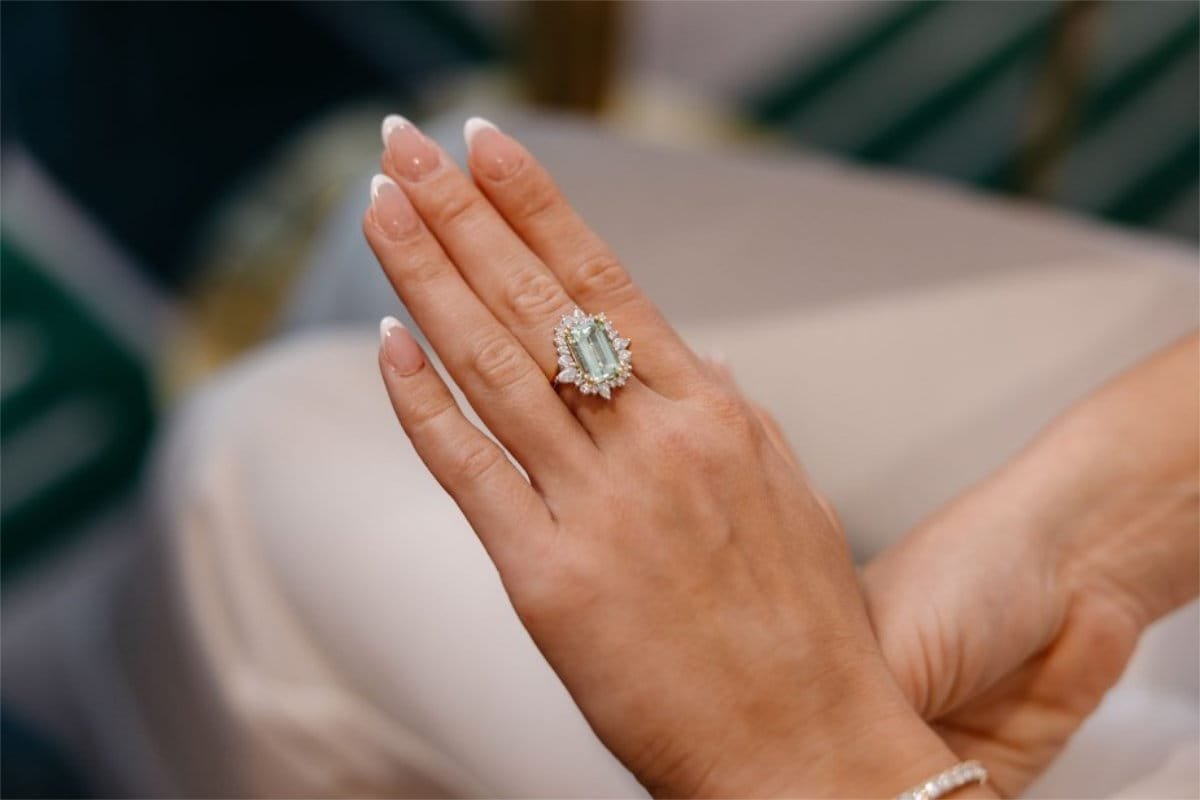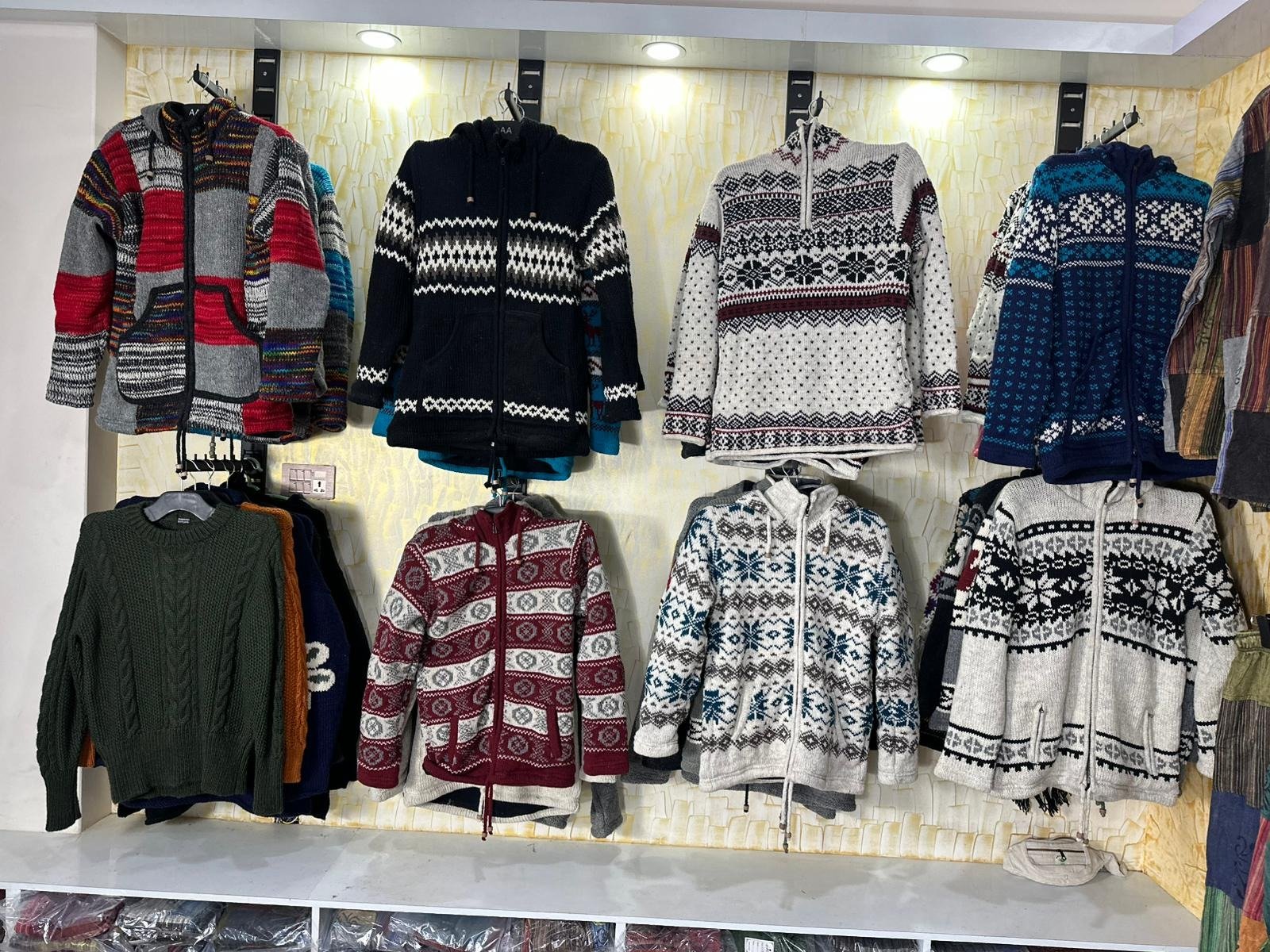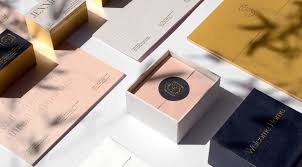Fashion design is quite a fascinating field. This is an area where imagination is unrestricted, and students joining the field have the chance to realize their ideas by means of their drawings, patterns, and, finally, clothing.
Fashion design is more about producing art that talks about society, tells a narrative, and displays uniqueness than it is about simple garment manufacture. Developing creativity, learning the relevant abilities, and negotiating the technical elements of design that will affect their future in this profession will be challenges for any student starting this road.
This book helps the learner to understand the essence of fashion design. You will learn how to turn your ideas into amazing, wearable pieces of art, from developing the naturally occurring creativity within you to understanding the complicated process with the best fashion designing college in Jaipur of how it all works. This all-inclusive book will be your road map to success whether you are starting or honing.
Design of Fashion: The Industry’s Creative Heart
Different arts combined with cultural and pragmatic elements help one to appreciate what a fashion designer can do. It is about picturing the concept, knowing the nature of the material, and generating ideas into something of a unified collection rather than a mix of merely fabrics and cuts. Therefore, a student has to understand that it is not only about self-expression or reaction to trends but also about something grasping what the customer requires.
How May One Encourage Originality In Fashion Design?
Creativity requires nourishment and allowing it to flourish; it is not some kind of force. Whether it’s from nature, art, great historical fashion, or modern street style, as a student, the world of inspiration is available; here are just a few methods to cultivate: Surround Yourself with Inspired
There is inspiration all around us. Search for street style and fine art that resonates with your design sensibility. See museums, explore through the fashion archives, and go to some design events. Maintaining a notebook to write down fresh ideas, colours, textures, and fabric samples helps to keep the creative juices running.
Experiment With Many Materials
Among the finest designs come from odd materials. Not only should textiles be limited, but also investigate other plastics and metals as well as other wastes. It’s an effort of your technical abilities as much as creativity.
Test Your Capacity
Never be slow to go beyond your comfort zone. Pushing yourself—that includes experimenting with a new design style, using materials you have never worked with before, or designing for a different audience—is one of the finest ways to grow as a designer.
From Idea to Creation, the Fashion Design Process
Designing for a fashion brand requires much more than just jotting a few thoughts. It calls for both technical knowledge and a great degree of imagination. Students who want to be successful designers must understand the many phases of this process.
Conceptualising
Conceptual development is the initial stage of the design process. Here, one finds creativity most prominent. Among the questions to be asked would be: What narrative should my collection chronicle?
- My target audience consists of whom?
- Which feelings or ideas should I really allow to permeate the design?
- Rough concept drawing and the defining of the vision to direct the whole project constitute the exploration stage.
Discovery and Motivation
It’s time to delve after you have a broad awareness thoroughly. Success in your design is going to depend on research. Review colour theories, prior collections, fashion trends, and textiles that might complement your notion. Do not hesitate to find inspiration in different kinds of art, the surroundings, and other civilisations. Your designs will be more varied the more distinct your study is.
Material Choice
The correct fabric will help you to bring your idea of a wearable product to life. The flow, texture, and even the emotional value your design could provide might be greatly changed by the fabrics. Students should, therefore, try many kinds of textiles, heavy or light, flexible or drapey, and then consider the relationship each one has with their design features.
Once the design is finished, next would be pattern-making. This entails turning your concept into a tangible model ready for cutting and stitching the clothes. In this sense, ensuring that your design is precisely fit and proportionate depends much on patterns.
Prototyping And Improving Techniques
Based on patterns, prototype—that is sample clothing. This will be the stage when you will find problems with fit, structure, or details that need to be changed, as well as where you may see how your concept comes together in actuality. Use this to adjust and polish your work.
Completing And Presenting Final Works
Your collection has to be finalized after your prototype is finished and polished. Usually, in the style of a runway show, lookbook, or portfolio, you will compile a presentation highlighting your creations. This is a crucial point for students to show their abilities, originality, and development throughout study.
Important Competencies Every Student of Fashion Design Should Acquire
In fashion design, one must have not only great technical and practical abilities but also creative abilities. Every future designer should focus on these fundamental abilities:
Technical Illustration and Draft Drawing
Accurate and thorough drawings are very crucial for you to be able to express your design concepts. Technical sketching ability helps you to transform ideas into building techniques and designs.
Sewing and Clothing Building
Fundamental knowledge is sewing ability. Understanding garment structure can help a designer develop garments that fit well, are durable, and can be manufactured quickly.
Deep knowledge of fabric properties—such as texture, weight, and elasticity—will enable you to choose the correct material for your designs and guarantee that your garment holds up under many scenarios.
Trends in Fashion: Historical Background
Having a strong knowledge of fashion history—including who did what in the past and what is important now—is one of the finest approaches to creating designs that are both modern and current. With the help of such strong bases, one may develop classic works and project future trends.
Overcoming Typical Difficulties in Studies of Fashion Design
Most students studying fashion design struggle with many aspects of it. This might have to do with controlling the tension of deadlines, conquering creative obstacles, or balancing the technical and artistic elements of design.
Managing Creative Blockages
Though they are common events in every artistic profession, a creative block may be annoying. Deal with them by stepping away from your job for a while, experimenting with another medium, or finding inspiration in the freshness of the surroundings.
Learning to Reinterpret Criticism
One may get the finest understanding by means of peer, teacher, or expert field critique. Important is your capacity to accept helpful criticism and apply it to your job.
Conclusion
Fashion design is fascinating and adventurous because of its learning, development, and expressive value. Students should polish their technical abilities, foster their imagination, and remain receptive to fresh ideas. In this extremely competitive world of fashion design, here is an introduction to the process, necessary abilities, and some advice from fashion designing colleges in Jaipur.





